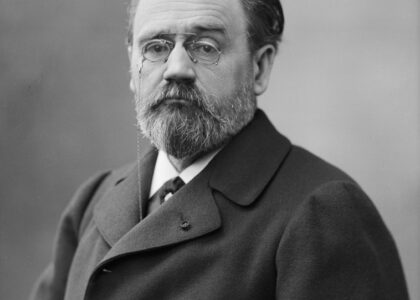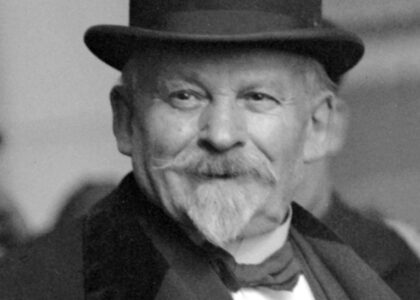Welcome to Texas Historical Marker 2642, a portal into the storied past of Indianola, a once-thriving port town on the coast of Matagorda Bay. Established in 1846 by Samuel Addition White and William M. Cook, Indianola began as Indian Point, a critical entry point for German immigrants arriving in Texas. Prince Carl of Solms-Braunfels selected this location, which he ambitiously renamed Carlshafen, as a port of arrival for settlers brought by the Adelsverein, a society promoting German immigration.
Indianola quickly grew to become a bustling hub, second only to Galveston as Texas’ primary port by 1875. It played a significant role during the American Civil War, serving as a landing point for Union troops. However, the very forces that facilitated its growth also led to its downfall. The town was devastated twice by hurricanes—in 1875 and again in 1886—each time causing catastrophic damage. The final blow came with the 1886 storm, which was followed by a fire that sealed the fate of Indianola, turning it into a ghost town.
Notably, Indianola was involved in the U.S. Camel Corps experiment in 1856, receiving camels shipped from the Middle East intended to traverse the arid Southwest. Furthermore, the town was the origin point for the first mechanically-refrigerated shipment of beef in 1869, illustrating its pivotal role in commerce and innovation.
Today, Indianola is a serene fishing village, a shadow of its vibrant past. Visitors can explore the remnants of its history, marked by the Texas Historical Commission, and reflect on the resilience of a town that once stood at the forefront of Texas’ development.






